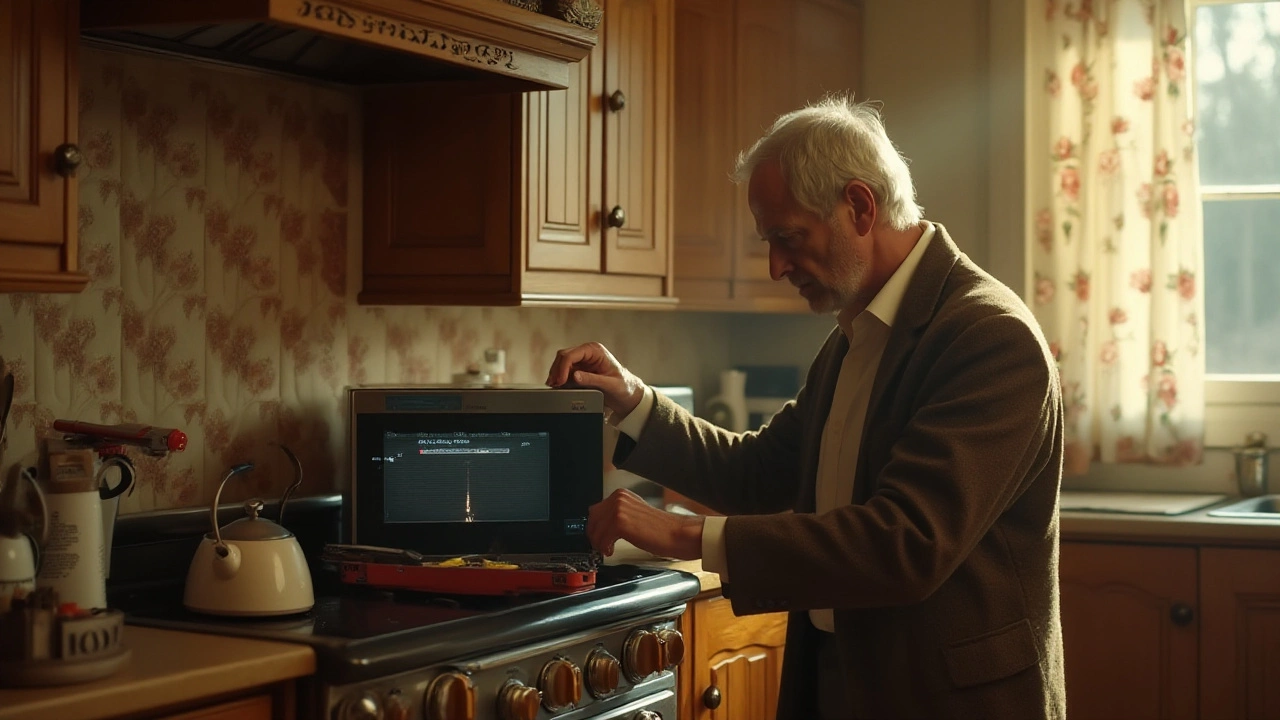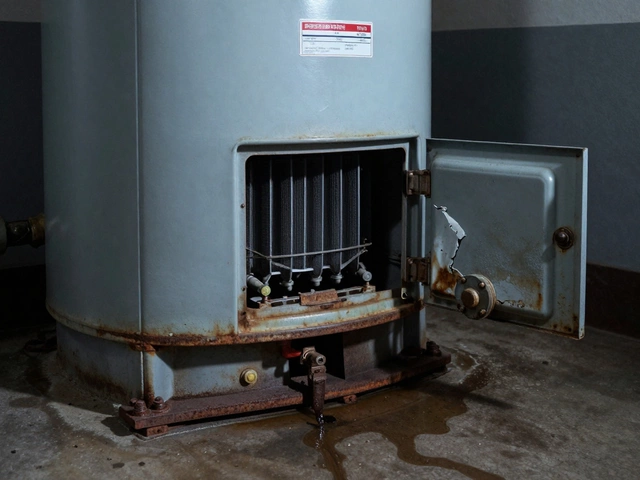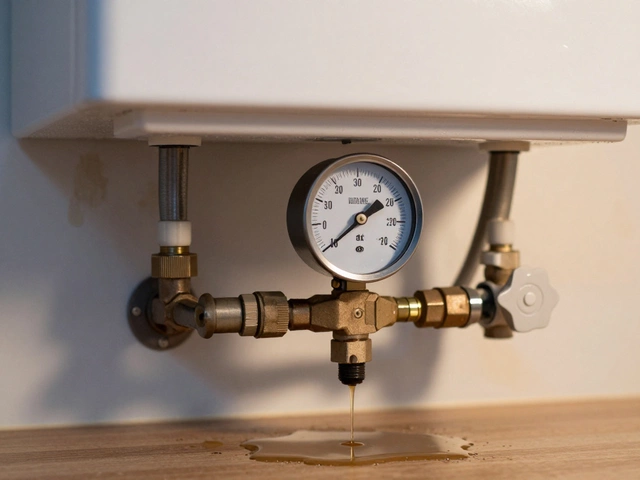Fixing Microwaves: Simple Fixes and When to Call a Pro
Microwaves are great for quick meals, but when they stop heating or start sparking, the frustration kicks in. The good news? Many hiccups are easy to troubleshoot yourself. This guide walks you through the most common problems, step‑by‑step fixes, and safety tips so you can decide whether a DIY fix will do or if it’s time to call Hinckley Home Appliance Repair Services.
Why Your Microwave Won’t Heat
The most common complaint is a microwave that won’t heat anything. In most cases the culprit is the magnetron, the part that creates the microwaves. Before you panic and order a new unit, try these checks:
- Make sure the door seals tightly. A broken latch or warped gasket can shut off the magnetron as a safety measure.
- Test with a cup of water. If the water stays cold after a minute, the magnetron is likely dead.
- Listen for a humming sound when the microwave runs. A silent machine usually points to a failed magnetron or a blown fuse.
If you spot any of these signs, replace the magnetron or the fuse. Both parts are sold online, but handling them involves working with high voltage, so wear gloves and unplug the unit first.
Other Frequent Issues and Quick Fixes
Not all microwave problems involve the magnetron. Here are a few other gremlins and how to tackle them:
- Turntable not rotating: Check the turntable motor for debris. Clean the rollers and make sure the motor gear aligns properly.
- Spitting or sparking inside: Look for food particles on the waveguide cover (the metal piece behind the interior wall). Wipe it clean with a damp cloth; a dirty cover often causes sparking.
- Control panel won’t respond: Reset the unit by unplugging it for two minutes. If the keypad still freezes, the control board may need replacement.
- Unusual noises: A rattling sound can be a loose fan blade. Open the back panel, remove the fan, and tighten the screws.
Most of these fixes take under 30 minutes and require only basic tools – a screwdriver, a soft brush, and a multimeter if you want to test electrical components.
If you’ve tried the above steps and the microwave still misbehaves, it’s probably time to call a professional. Hinckley Home Appliance Repair Services can diagnose hidden issues like faulty high‑voltage capacitors or damaged wiring, and they’ll do it safely and quickly.
Remember, microwaves store a high voltage charge even after you unplug them. Never reach inside the cavity or around the magnetron without discharging the capacitor first. If you’re unsure, the safest move is to let a trained technician handle the repair.
Keeping your microwave in good shape also means regular maintenance. Wipe the interior after each use, avoid metal utensils, and clean the waveguide cover monthly. These habits prevent many common failures and extend the appliance’s life.
So, next time your microwave acts up, run through these quick checks before you panic. Simple fixes restore most units, but don’t risk electric shock – call Hinckley Home Appliance Repair Services for the tough jobs. We’re local, fast, and ready to get your kitchen back on track.
19 October 2024
·
0 Comments
Microwaves are essential kitchen appliances, but they can face various issues over time. Common problems include failure to heat, strange noises, and faulty buttons. Understanding these issues and knowing simple fixes can save time and money. With a bit of troubleshooting, many microwave problems can be resolved without professional help.
Read more



